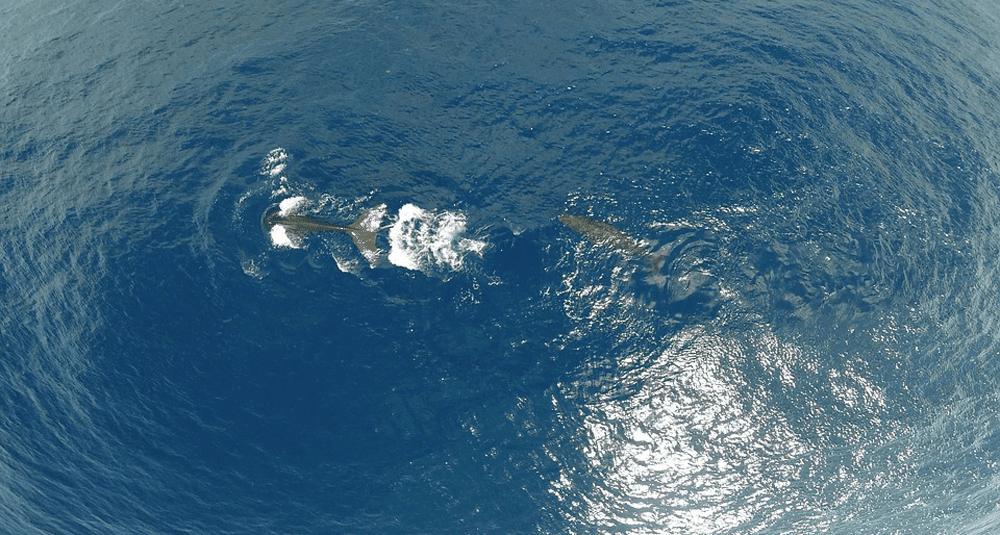Are sperm whales mysticetes or odontocetes?
Last Updated:
Sperm whales are odontocetes. Unlike mysticetes, which have baleen plates to filter their food, odontocetes are toothed cetaceans. The sperm whale, or Physeter macrocephalus, is the largest member of this suborder.
Sperm whales are easily recognized by their massive heads, which account for around a third of their total body length. Their lower jaw is equipped with strong, conical teeth that enable them to catch their prey, mainly giant squid and fish.
Odontocetes, like sperm whales, are also known for their echolocation abilities. This ability enables them to emit sounds and listen to the echoes returned to locate and identify objects in their environment, a crucial advantage for hunting in the ocean depths where light is absent.
Sperm whales are exceptional divers, capable of descending to depths of over 2,000 meters and remaining submerged for over an hour. Their unique physiology, notably their ability to store large quantities of oxygen in their muscles and blood, enables them to survive in these extreme conditions.
In addition to their ecological importance, sperm whales occupy a special place in human culture, notably through literature, with famous works such as Herman Melville’s Moby Dick, which explores the fascination and mysteries surrounding these giants of the seas.
Sperm whales are odontocetes, endowed with teeth and echolocation capabilities, and are the largest members of this suborder of cetaceans. Their unique biology and cultural importance make them particularly fascinating creatures.
nature

Are sperm whales mysticetes or odontocetes?
Answer
Sperm whales are odontocetes. Unlike mysticetes, they have teeth and are the largest members of this cetacean suborder.